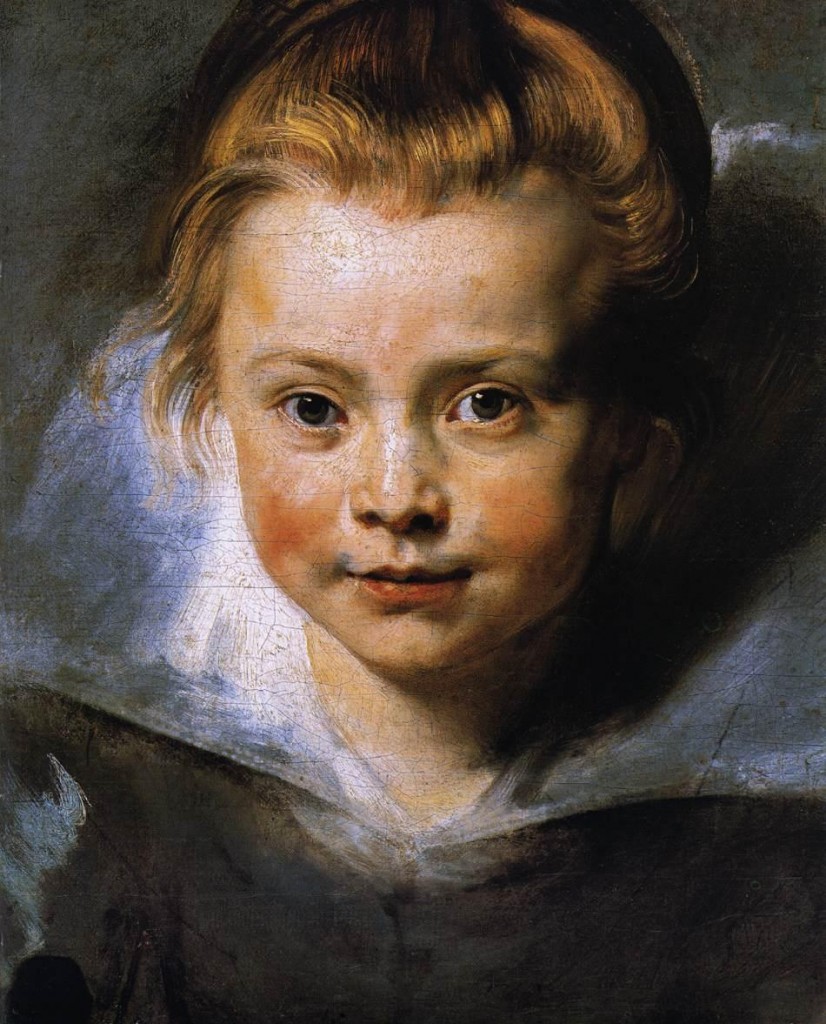
“[T]hat was the great secret of Ruben’s art—his magic skill in making anything alive, intensely and joyfully alive. We can best gauge and admire this mastery of his in some of the simple drawings and paintings done for his own pleasure. ['Head of a Child'] shows the head of a little girl, probably Rubens’s daughter. There are no tricks of composition here, no splendid robes or streams of light, but a simple en face portrait of a child. And yet it seems to breathe and palpitate like living flesh. Compared with this, the portraits of earlier centuries seem somehow remote and unreal—however great they may be as works of art. It is vain to try to analyze how Rubens achieved this impression of gay vitality, but it surely had something to do with the bold and delicate touches of light with which he indicated the moisture of the lips and the modeling of the face and hair. To an even greater degree than Titian before him, he used the brush as his main instrument. His paintings are no longer drawing carefully modeled in color—they are produced by ‘painterly’ means, and that enhances the impression of life and vigor.”
Ernst H. Gombrich, “Chapter 19: Vision and Visions,” The Story of Art, 5th edition
